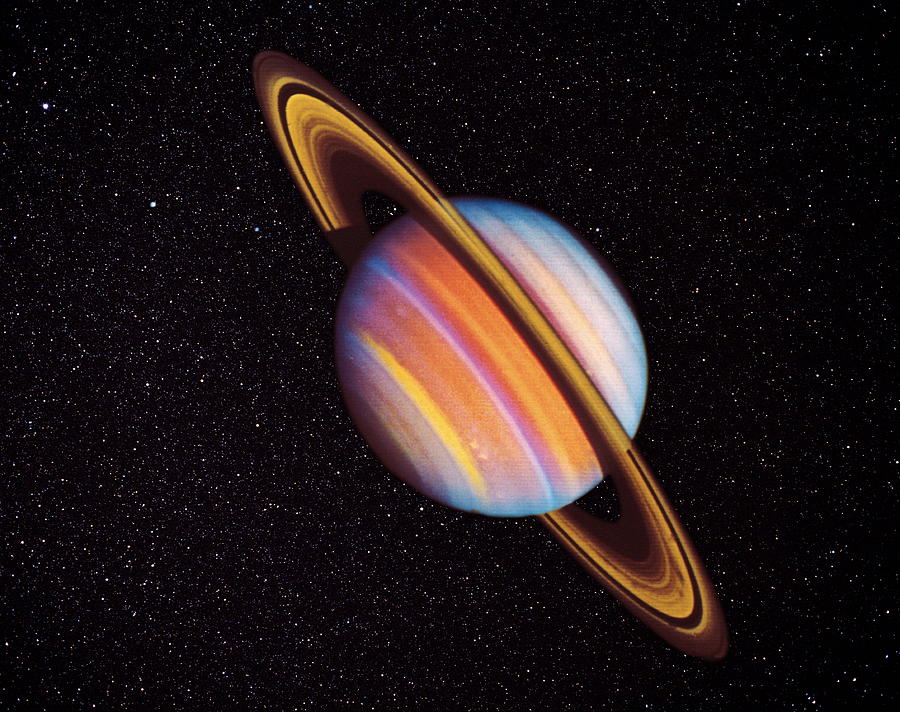

Credit: NASA/JPL-Caltech/Space Science Institute | Full image and caption
#Nasa news saturn movie#
Jets of icy particles burst from Saturn’s moon Enceladus in this brief movie sequence of four images taken on Nov. The young age of these cracks, nicknamed Tiger Stripes, meant that Saturn’s icy moon is a geologically active place. Not only that, but they also discovered long parallel cracks in the ice on Enceladus’ south pole. In 2005, scientists were surprised to find out that Enceladus’ south pole is both warmer than expected and warmer than the surrounding areas, suggesting there is a heat source inside Enceladus. But where were these grains coming from in the space around Saturn? On Earth, grains of silica similar in size to those detected near Saturn form when hydrothermal activity - the processes involving heated water beneath Earth’s surface or ocean - causes salty water to chemically interact with rocky material to form silica. That was just the latest in a long history of exciting finds dating back to the beginning of NASA’s Cassini-Huygens Mission to Saturn in 2004 that have helped scientists to better understand this fascinating world!Įven while Cassini was still on its way to Saturn, its Cosmic Dust Analyzer detected microscopic grains of silica (tiny grains of sand). Saturn’s icy moon Enceladus has been making news lately, and it could make even bigger news soon! In September, scientists confirmed that there was a global ocean underneath Enceladus’ thick icy shell.


 0 kommentar(er)
0 kommentar(er)
